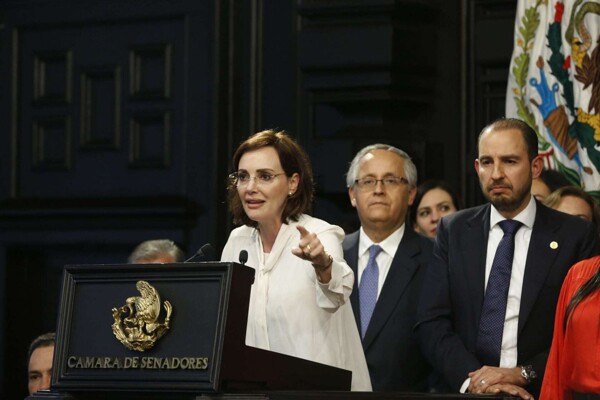
The Mexican stock market ended the year 2024 with losses, while the Bank of Mexico (Banxico) adopts a rather pessimistic tone in its economic growth forecasts. Banxico has reduced the growth rate from 1.2 to 0.6 percent for this year, reflecting the high uncertainty environment in foreign trade, especially with the United States.
The Mexican economy experienced a slowdown in the fourth quarter of 2024 with a quarterly contraction of 0.6 percent, primarily attributed to declines in the primary and secondary sectors. In particular, the financial sector suffered a sharp depreciation towards the end of 2024 due to more protectionist trade policies in the United States.
Within the secondary sector, construction showed a significant decline, while the manufacturing sector remained stagnant. Supply shocks in agricultural products are decreasing, which has improved their prices.
The Bank of Mexico has reduced the interest rate several times, currently standing at 9.5 percent. In the Quarterly Economic Report for the fourth quarter of 2024, growth is forecasted to be below market consensus, with predictions of further cuts in the near future. Inflation remains low, at 3.59 percent in January.
Among the downside risks for economic growth, there is a mention of the possibility that U.S. tariffs on Mexico materialize. Despite this, there is a decrease in the import of goods, resulting from the depreciation of the exchange rate. Additionally, the services sector has shown a marked decline.
On the other hand, gross fixed investment has experienced a sharp decline in the construction sector, although partially offset by investment in machinery and equipment. Although employment continues to slow down, the unemployment rate remains at historically low levels.
Regarding future risks, the possibility of escalating geopolitical issues globally is highlighted, as well as the harm to national growth caused by reduced fiscal spending. It is worth mentioning that the scenario without tariffs currently forecasts an economic expansion of 0.6 percent, but a prolonged recession is expected if tariffs on national exports are implemented.
The author of this analysis holds a PhD in Finance and a Master's in Financial Economics from the University of Essex in the United Kingdom. Overall, a challenging outlook is observed for the Mexican economy, with various warning signs and an uncertain global environment that could impact its future performance.














